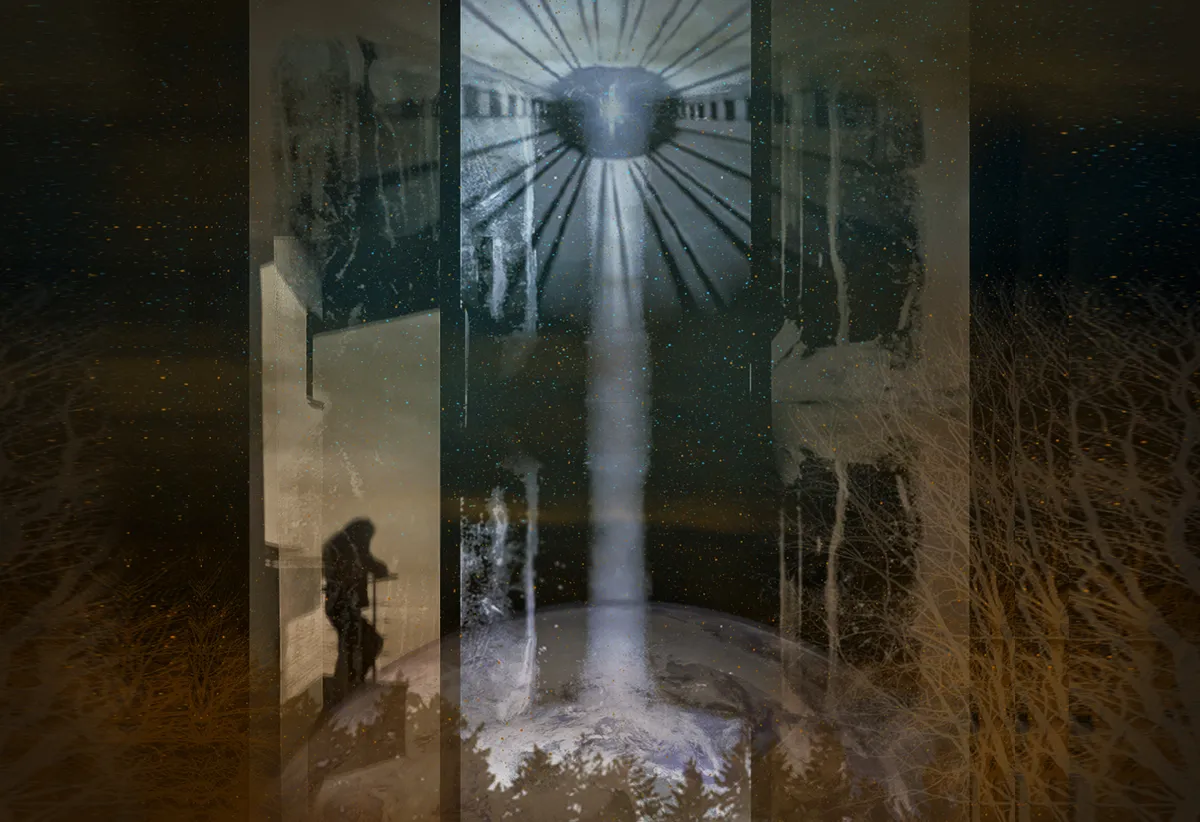
1/1

Author(s) / Team representatives
Carmen-Theodora Noretu
Profession
Studenta
Photo/design credits
Carmen-Theodora Noretu
Text presentation of the author in English
My name is Carmen-Theodora Noretu, and I am currently a Master’s student at Politecnico di Milano in Architecture and Urban Design. I have always been intrigued by how cities function and respond to the environment, culture, and, of course, their communities. Life improvement, sustainability, and integration into the site are characteristics I value and always consider when designing.
During my undergraduate studies at the Bartlett School of Architecture, I developed an understanding of materials and site approach, finding solutions to limited opportunities by adopting ideas suited for better living spaces. I aimed to design adaptable spaces that respond to the purpose of the building.
After graduation, I worked in architectural offices in Bucharest and London, which allowed me to acquire knowledge at different scales, from urban planning to detailed design, and to understand the collective effort required to deliver each architectural project with responsibility and professionalism.
My research focuses on the role of architecture in building a human habitat in outer space. In an environment where conditions are vastly different and austere compared to Earth, adaptability schemes can find an ally in architecture to embrace the human factor and create an environment reminiscent of home.
I aim to continue my academic research, focusing on the challenges faced by contemporary cities and how we can embrace these constraints to reshape our urban environments.
Text abstract in English
This study examines Stanley Kubrick’s ‘2001: A Space Odyssey’, exploring its insights into humanity’s relationship with technology, architecture, and the environment in space exploration. It begins with Kubrick’s portrayal of human evolution intertwined with technological advancements, highlighting the tension between human reliance on technology and alienation from our terrestrial roots. Through a multidisciplinary lens, the research emphasizes designing non-terrestrial environments that support human needs and sensibilities.
The paper explores the human-turn-to-machine concept, emphasizing the ethical and environmental consequences of space colonization. It underscores the importance of sustainable practices and responsible stewardship in space exploration, drawing on insights from environmental ethics and Hannah Arendt’s writings on alienation. Arendt’s perspectives on the existential challenges posed by technology provide a framework for understanding the interplay between humanity, technology, and the environment.
The architectural dimension is pivotal, addressing the challenges of creating habitable spaces in hostile outer space conditions. The design of spacecraft and habitats must evoke psychological comfort for astronauts, mitigating the alienation experienced in microgravity. The exhibition ‘Moving to Mars’ showcases how architectural innovation can simulate earthly conditions, fostering social interaction and emotional well-being in extraterrestrial environments.
Reyner Banham’s work on the architecture of the well-tempered environment offers a critical perspective on creating artificial habitats that balance technological functionality with human comfort. Kubrick’s depiction of the spacecraft in ‘2001’, from ergonomic designs to climate control, exemplifies the symbiotic relationship between humans and their built environment. The film’s exploration of artificial environments as mediators between humans and the cosmos resonates with contemporary architectural efforts to create sustainable and humane space habitats.
The research emphasizes the need for protective architectural designs that envelop humans in a comforting atmosphere. The conclusion advocates for a harmonious relationship between technology and the human condition, reflecting Kubrick’s optimistic vision of controlled technological integration. This synthesis calls for interdisciplinary collaboration to guide humanity’s cosmic aspirations toward a sustainable and empathetic future.
